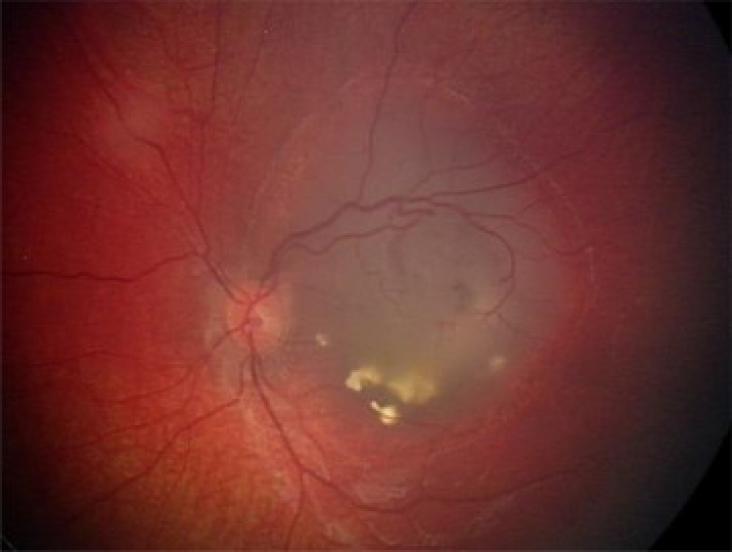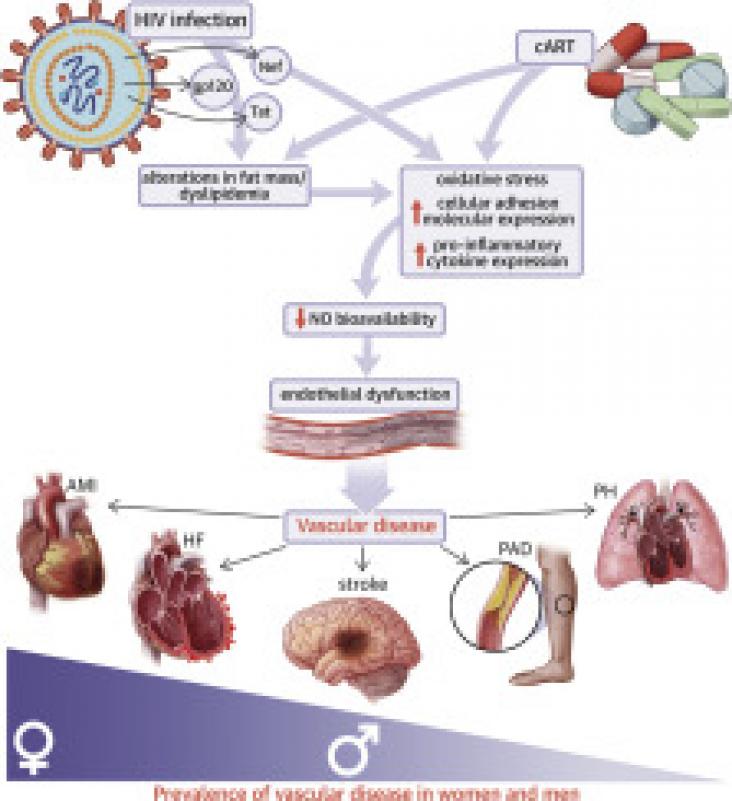This chapter advances the UN SDG goals 3 and 17 discusses the links of Amyloid β(Aβ) to AD.
Background: WHO promotes the SAFE strategy for the elimination of trachoma as a public health programme, which promotes surgery for trichiasis (ie, the S component), antibiotics to clear the ocular st

Understanding the genetics of retinoblastoma has enabled clinicians to develop targeted screening guidelines based on genetic risk, minimising unnecessary screening exams, and focusing resources on individuals at greatest risk. The goal of SDG target 3.d is to strengthen the capacity of all countries, in particular developing countries, for early warning, risk reduction and management of national and global health risk.
This content links with Goal 3: Good health and well-being and Goal 10: Reduced Inequalities by providing understaning of the genetics of retinoblastoma enabling clinicians to develop targeted screening guidelines based on genetic risk, minimising unnecessary screening exams, and focusing resources on individuals at greatest risk.
Access to hygiene services is a pressing challenge, particularly in low-income countries, and has become even more critical during the COVID-19 pandemic. While the WHO/UNICEF Joint Monitoring Program monitors global access to hygiene services, there's a need for alternative measures of inequality, such as a ternary diagram, to provide more accurate interpretations of the data, revealing spatial disparities and informing evidence-based public policies. [hotspot on urban/rural population in LMIC]
This suports SDGs 1, 3 and 5 by supporting access to care and contraception.

Discusses how manifestations of HIV-related CVD differ by sex. The goal of SDG target 3.3 is to end the epidemics of AIDS, tuberculosis, malaria and neglected tropical diseases and combat hepatitis, water-borne diseases and other communicable diseases.

A Comment on the health and wellbeing of Indigenous adolescents, in the contexts of SDGs 3 and 10, highlighting the need to drive global advocacy and evidence-based action in Indigenous adolescent health for the development of strategies to overcome current inequities and to empower Indigenous young people.
Background: To address the growing prevalence of hearing loss, WHO has identified a compendium of key evidence-based ear and hearing care interventions to be included within countries’ universal healt
